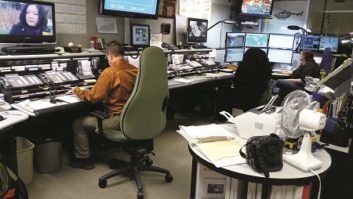Some broadcasters are wondering why the duration of next week’s planned national EAS test was shortened from some 2-1/2 minutes to 30 seconds.
In a notice, the FCC stated: “After a careful review of the technical elements of the test, FEMA and the FCC have concluded that a 30-second test will allow the agencies to effectively assess the reliability and effectiveness of the EAS as a way to alert the public of national emergencies with limited disruption to the public.”
Presumably the test will be heard on every radio station and seen and heard on every television station and cable system at the same time. That scenario and the length of the message prompted the change to avoid a public panic, according to sources.
Secretary of Homeland Security Janet Napolitano made the decision. Both agencies indicated in a notice that the length was enough time to test the effectiveness and reliability of the EAS properly.
Some in the engineering and manufacturing communities expressed surprise at the dramatic shortening and wondered whether the test will still be able to test a “real-world” scenario.
The FCC has posted the revised EAS handbook on its website, and RW has posted it here (PDF).
In the meantime, broadcasters also have questions about the e-form the FCC wants them to use to report the results of the test. Questions include whether LPFM owners need to fill out the forms, and whether owners of translators or boosters need to do so. As these questions come up, the FCC has been revising its instructions online. Pose your questions about the form to [email protected].
FEMA and the FCC are working with the NAB and cable systems to publicize the tests. In a letter to EAS stakeholders, FEMA Administrator Craig Fugate and FCC Chairman Julius Genachowski asked broadcasters and others for their continued support of a public awareness campaign.
NAB has updated PSAs on its website for download.







